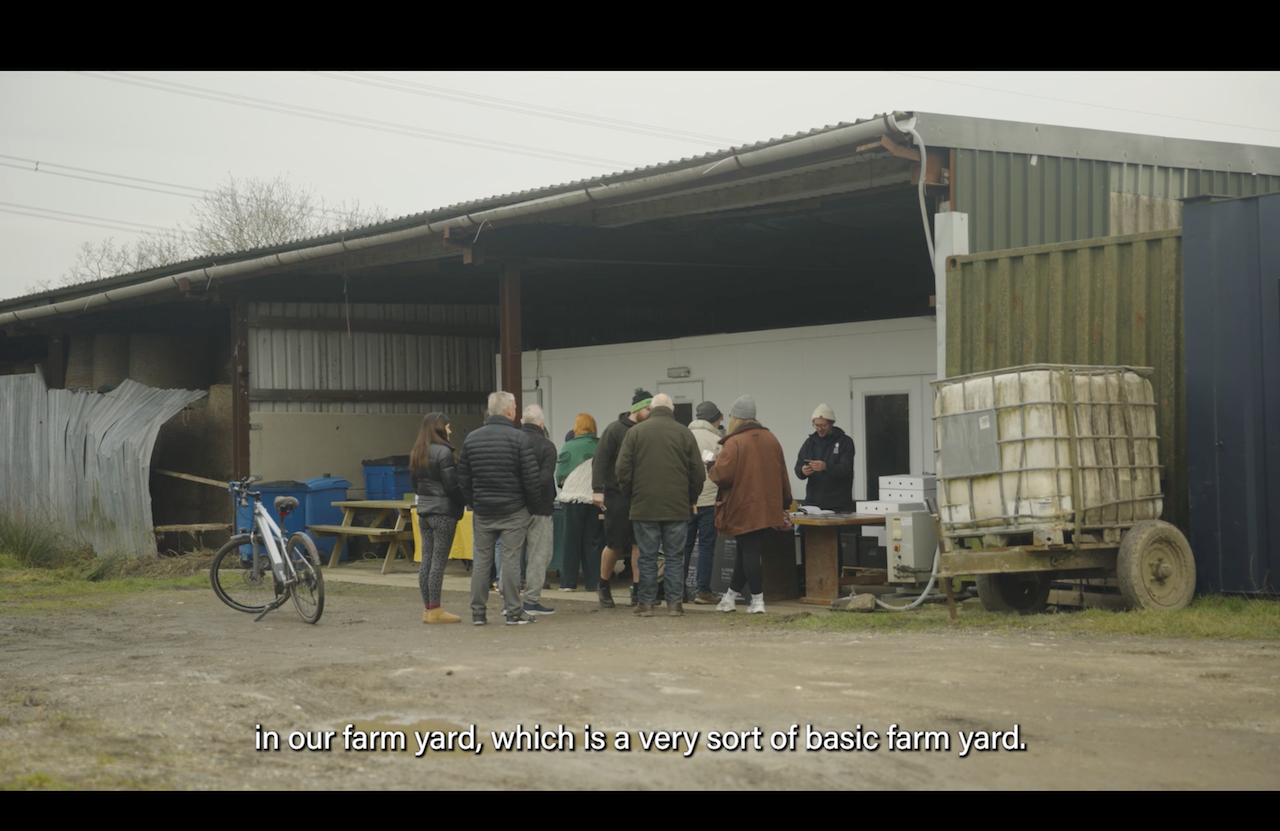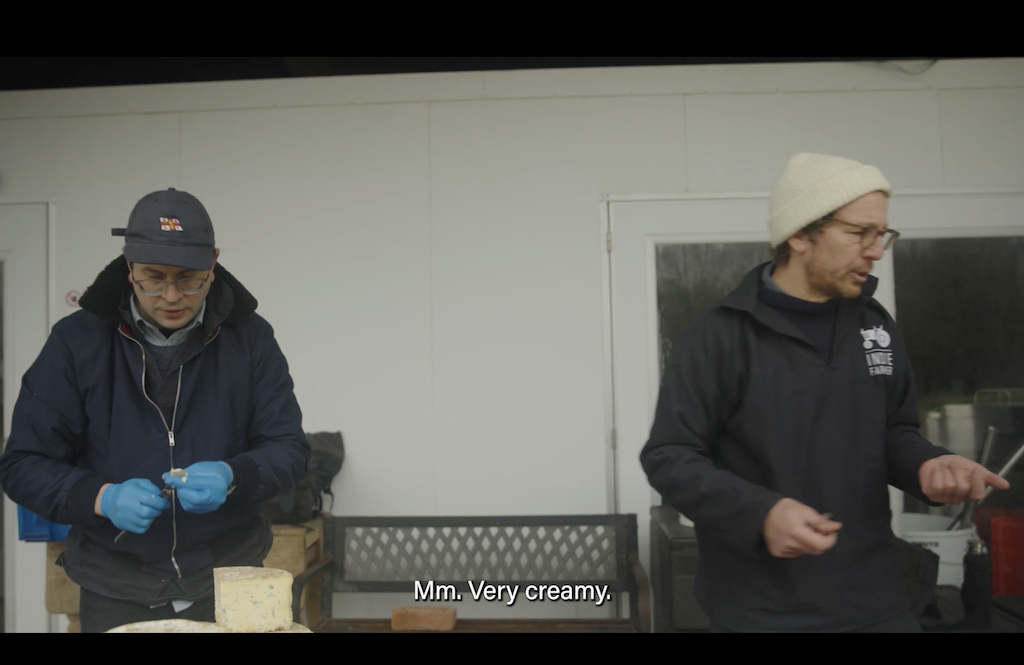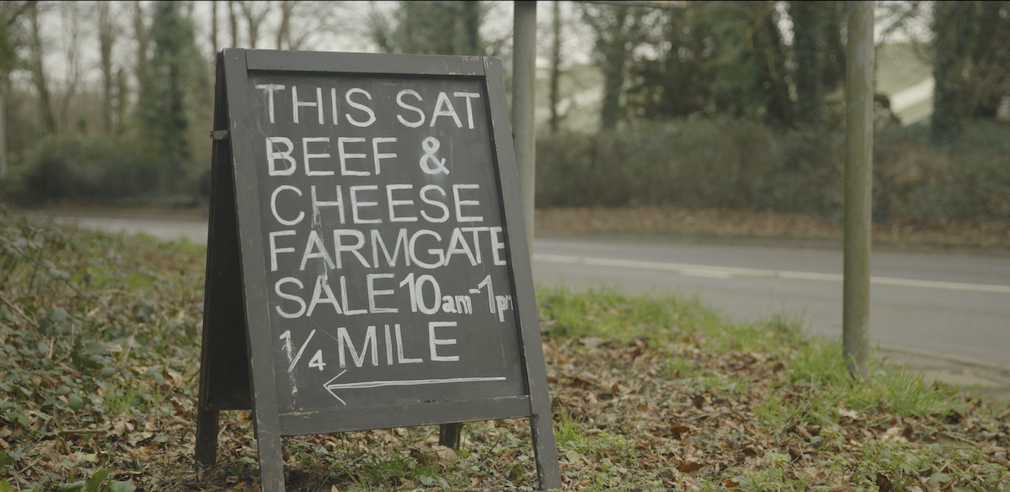Back in 2021, I shared a post called How to Start a Meat Box Business, which struck a chord with a lot of small-scale farmers. Fast forward a few years and I wanted to offer a follow-up, drawing on our own experience of running a successful monthly farm gate sale from our small family farm in East Sussex.
The demand for local produce is growing fast. More and more people are waking up to the health and environmental benefits of eating better quality, locally-sourced food. Customers increasingly want to know where their food comes from and how it’s raised — presenting a golden opportunity for farmers to sell direct and cut out the middle man.
But as many will tell you, selling direct isn’t always straightforward. From setting up a farm shop to navigating online platforms or market stalls, the routes to market can be varied and often costly. What we’ve found works best — both in terms of simplicity and building a loyal customer base — is combining traditional meat boxes with a regular farm gate sale. Here’s how we’ve made it work, and how you might too.
From Meat Boxes to Farm Gate Sales
We started selling 10kg beef boxes and half and whole lamb boxes in 2016. These worked well, and we still offer them, but over time we realised we could reduce delivery time (and have a bit more fun) by running a monthly pop-up-style farm gate sale. Customers collect their boxes on the day, and we also offer a wide selection of individual fresh cuts.
Selling from the farm once a month has created a real sense of community. Farming can be quite solitary, so having a day where we welcome 50–100 people through the gate is a breath of fresh air — literally and figuratively.

Behind the Scenes: Logistics and Setup
We work with Downland Traditional Meats, the last remaining abattoir in Sussex, and book our slaughter slots a year in advance. They deliver carcasses to our butcher in Hellingly, who dry ages the meat and prepares everything to our spec. The butcher handles packing and labelling too — with our logo, the cut, the date and the price — which means we don’t need an on-farm butchery.
We keep our offering simple: 5kg and 10kg beef boxes, half or whole lamb boxes, plus individual cuts for those who want to build their own box. Orders are captured in a spreadsheet and taken via email or social media DMs, with payment on the day via card or cash.
Our farm gate sale runs from 10am to 1pm on a Saturday, once a month. We start promoting it about 2–3 weeks ahead via Instagram, Facebook and our newsletter. Any unsold cuts go straight into the freezer, ready for next time.
Essential Kit for a Farm Gate Sale
You don’t need a fancy farm shop to get started. Here’s the setup we use:
-
Trestle tables – to hold cool boxes of fresh meat.
-
Cool boxes – essential for keeping meat chilled in warmer months.
-
Card reader – we use Zettle (by PayPal) to take payments.
-
Blackboard signs – one for pricing, one for the roadside to draw people in.
-
A car with space – our family car becomes a meat van when the seats come out.
-
A freezer – to store any leftover stock.
Our farm is down a narrow lane off a main road — not ideal, but it hasn’t stopped people coming. Don’t let location put you off.
Pricing and Profitability
As Lynnie Hutchinson points out in The Art of Quietly Marketing (a brilliant Pasture for Life-funded short film we were both part of, shot by Mairi Eyres – hit the link or scroll to the bottom of the post to view it), it’s vital to do your sums. Include every cost — your time, fuel, abattoir and butchery fees — and build in a decent profit margin. Keep an eye on the market price too, especially for beef, which has risen sharply in the last 12 months.
Using a third-party butcher and licensed facility simplifies hygiene and food safety compliance, and means you can focus on farming and selling.
Marketing Tips and Building Your Audience
We don’t spend loads of time on marketing. A single post on Instagram and Facebook (shared to local community groups) is usually enough. We also send a monthly email newsletter to our mailing list with details of what’s coming up.
Keeping things low-key means low pressure — but don’t be afraid to experiment. If boxes feel daunting, start with friends and family. As Sam Newington says in the film, he just wanted to eat his own produce — and things grew from there.
More Than Just Meat: Creating a Local Food Hub
We’re lucky to have my sister Hazel and her husband Martin (the makers of Pevensey Blue and Tilley Lane) based on the farm. They sell their award-winning cheese alongside our beef and lamb. We also stock Court Lodge Organic yoghurt and invite Murph’s Market Garden, a local veg grower, to join us on the day. It’s not a farmers market — but we like offering a few carefully chosen local staples.
Down the line, we might expand to include talks, farm walks or BBQs. We’re also keen to work with local schools. But for now, the simplicity and joy of our monthly farm gate sale suits us perfectly.

Final Thoughts
Direct selling isn’t for everyone — but it’s more accessible than many people think. It doesn’t have to be slick or high-tech. Start small. Keep it manageable. Focus on great food and good communication.
The feedback and relationships you build can be incredibly rewarding — and they remind us why we do what we do.



